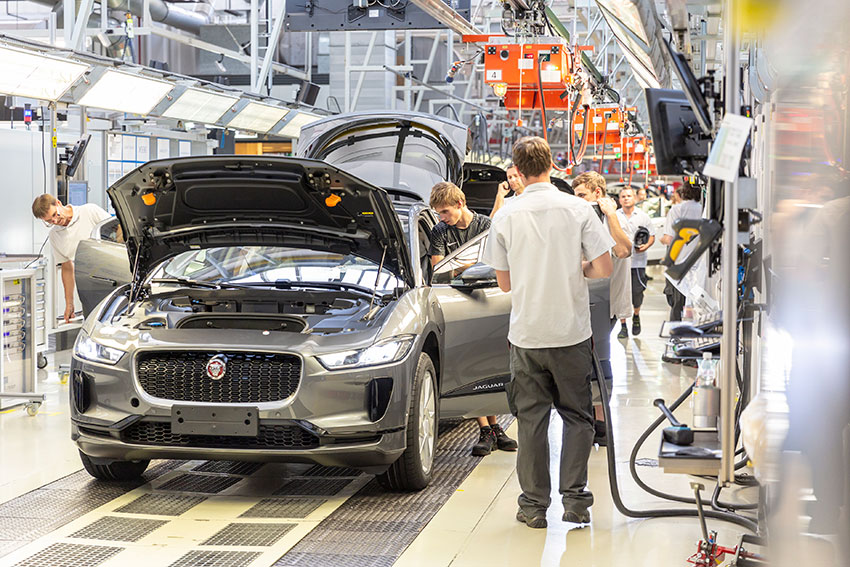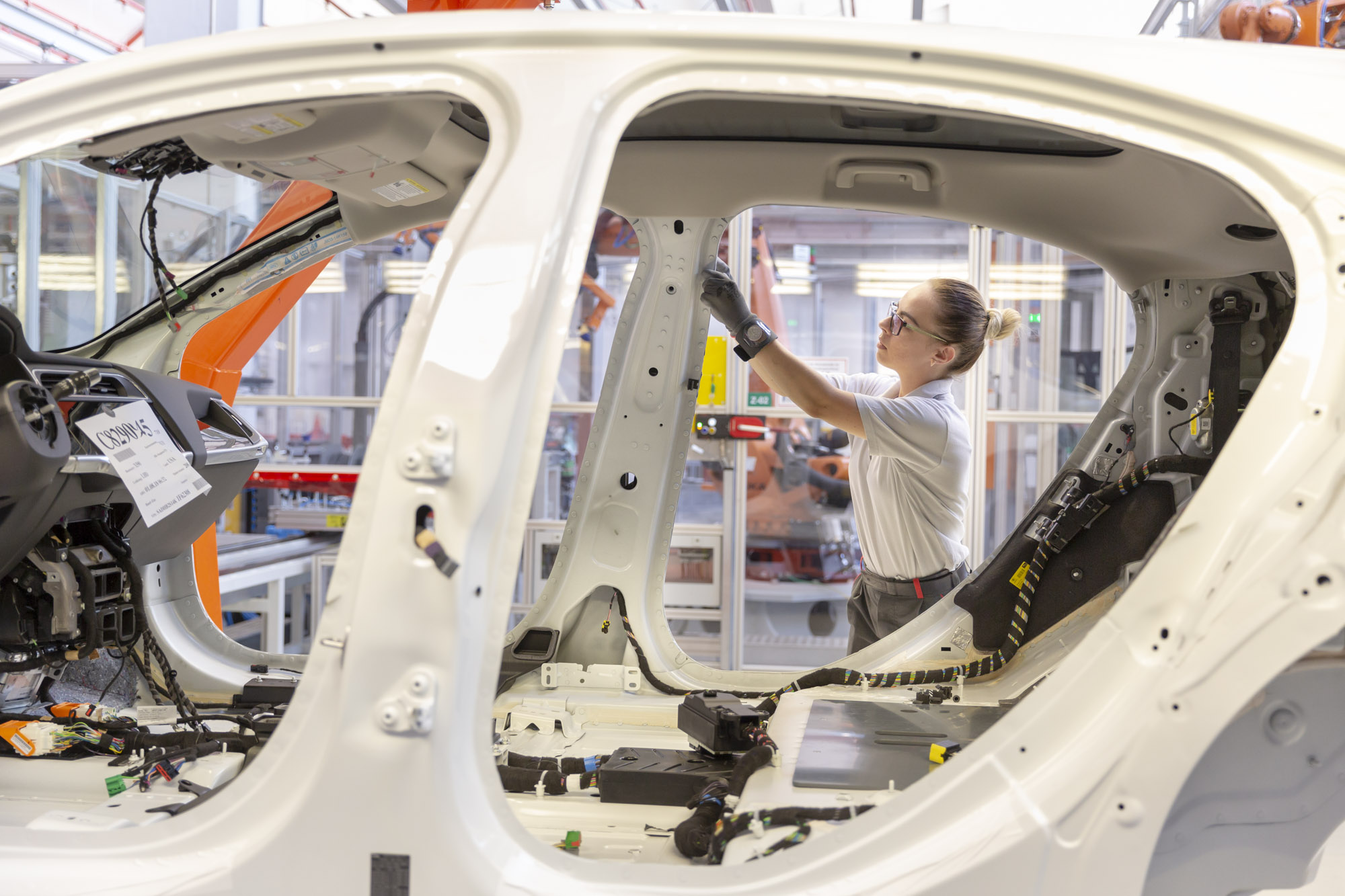FACTOR No. 1: WHY EXPANDING INTO THIS PARTICULAR MARKET?
The first questions should be why a business is looking to expand into a new market. While each business may have different motivations, the two common reasons are:
- Their home market is oversaturated and no longer provides sufficient growth.
- Their target markets are promising, have an available market niche and/or lack competition.
In both cases, a business should only enter a new market if the motivation behind this strategic action is based on and validated by in-depth market studies.
For example, the global vehicle market is currently experiencing profound changes as the number of EVs on the road continues to increase. This increase has led to local new entrants and startups seeking to establish themselves in some of the many new niches created by e-mobility, software-defined vehicles, or other trends. These developments are transforming both local markets and the global automotive network.
What’s the best time to enter a market?
At the moment, the shift from classic internal combustion engines to electric vehicles is opening up new niches, as the hurdles for market entry decrease. Nevertheless, entering a new market requires considerable resources and commitment over several years.
As such, a business should only take this step if their existing markets are sufficiently stable, so that the required resources, manpower, and finances do not threaten the standing of the business in existing markets.
Other than that, there is no specific time when market expansion would be considerably more favorable than at another time.
While special opportunities may arise, such as a key player in a branch suddenly disappearing from the market, it is still always smarter to take a balanced and thought-out approach. Even during especially promising windows of time, a new market should not be entered without first having the necessary strategy, budget, and partners.
Is a global release feasible for startups?
Of course, it’s possible for startups to aim for a region-wide or even a global release with their automotive business. The advantage of this is that it allows for a considerably larger target audience, and a larger audience means there could be an increased production volume. Aside from the potential to generate more revenue, larger production volumes also benefit from economies of scale, which makes it the more efficient long-term solution.
However, startups often prioritize short-term establishment over long-term revenue and given the sharp increase in costs and project complexity, such a step should only be taken with caution.
FACTOR NO. 2: HOW SHOULD THE MARKET BE ENTERED
Later success in the market is rooted in a good market entry strategy. This strategy should be based on both a comprehensive market analysis and awareness of the business’s own values and goals. The two biggest questions that need to be answered are how the new market should be entered, and which partners are necessary to do so, both for the distribution network and localization.
Localization and choosing the best market entry scenario
First, it is essential to establish how many tasks of the production processes should be set up into the new market. Body-in-white, painting, general assembly, and certification may all be kept in the country of origin, depending on the existing conditions.
Production volume, supplier networks or customs/tariffs vs. set-up costs all need to be factored in when considering how much the new market should be tapped into.
We have highlighted five different market entry scenarios in more detail in a separate document.





